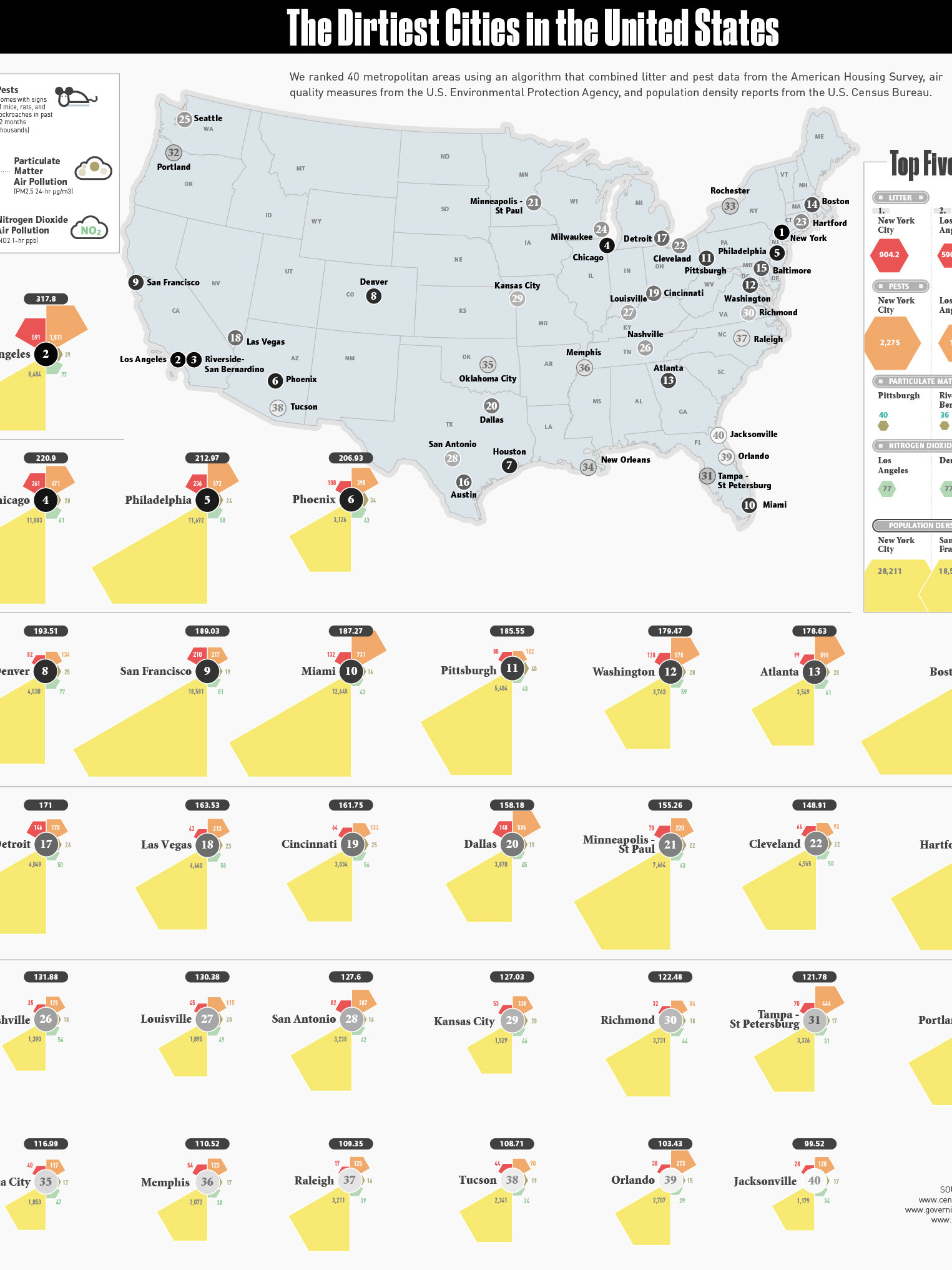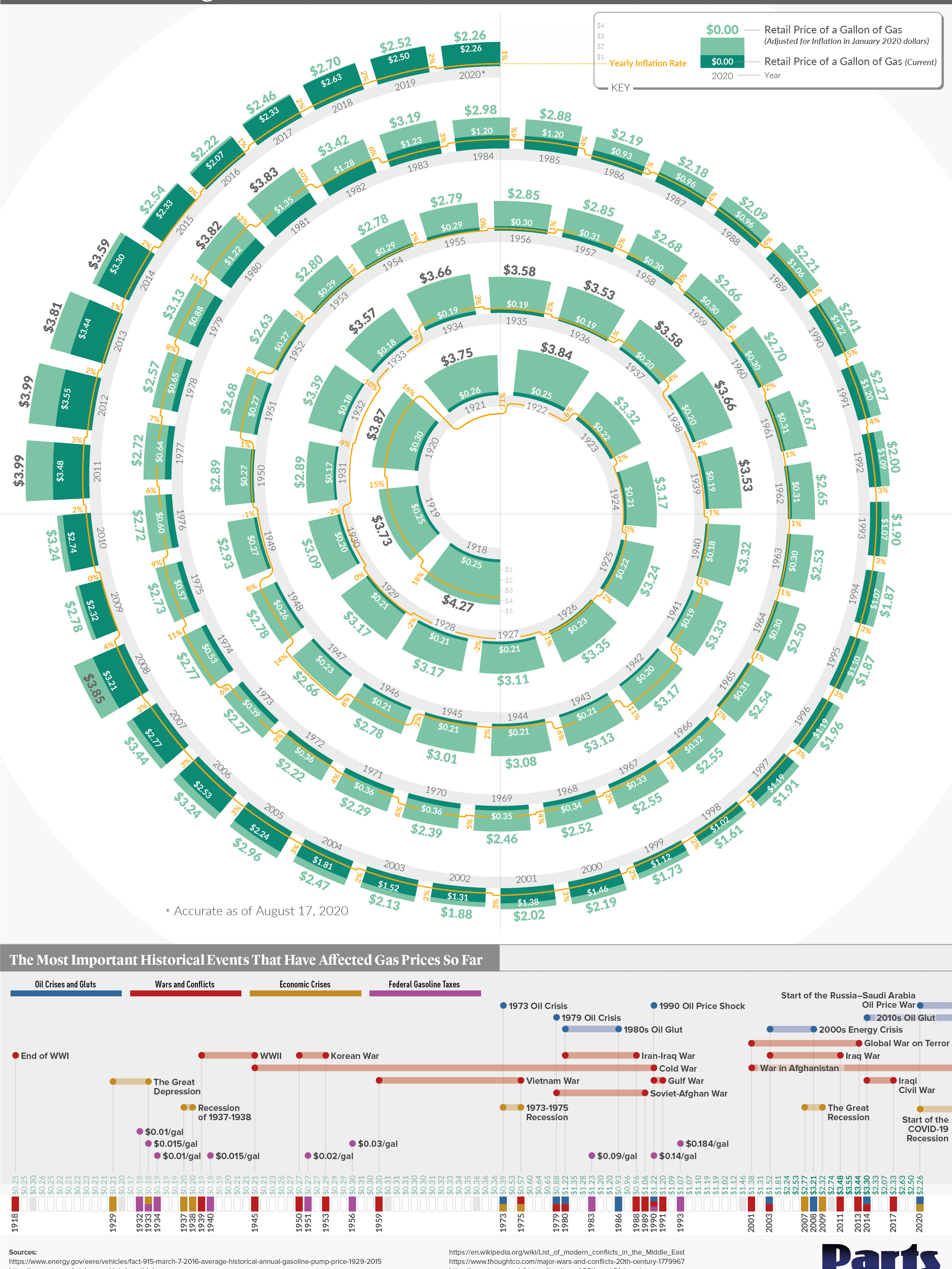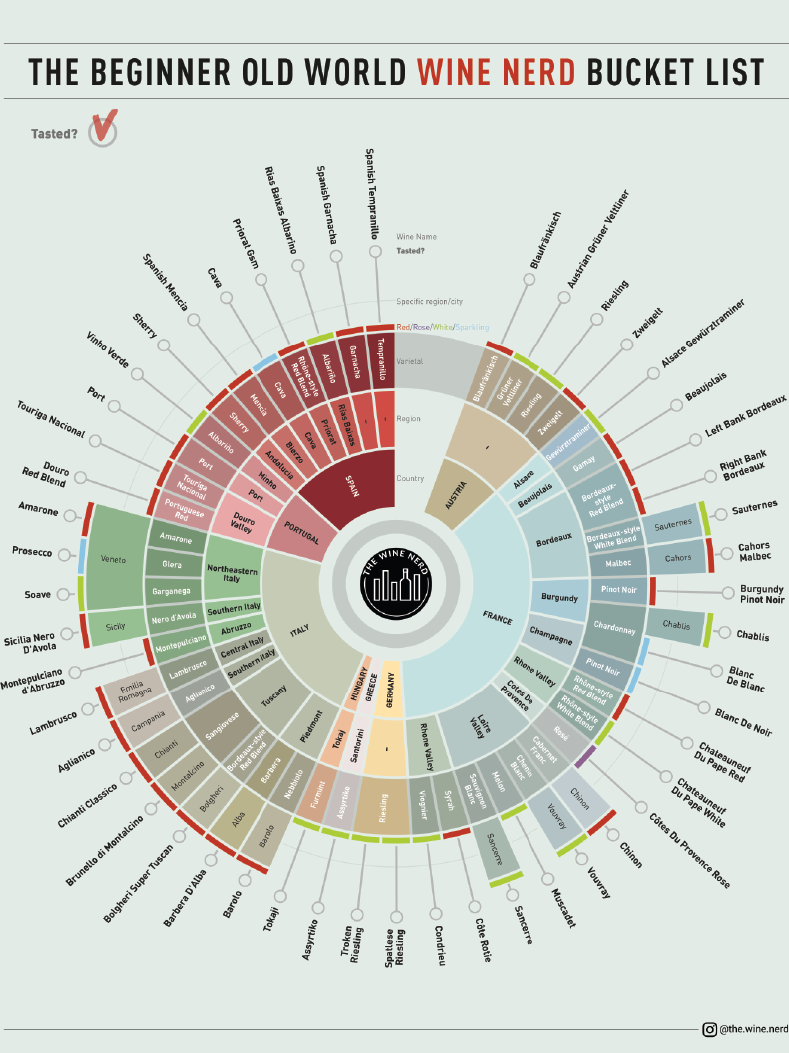A new visualization for @la_lettura 562 (4th September 2022) on the etymology and history of the names of European nations.
A relatively little topic addressed by synchronic Linguistics is that of intelligibility between different languages, or between dialects and languages.
In reality, both languages and dialects (with all the contentions that this initial distinction entails) have been no longer considered by the scientific community as unitary and immutable entities, for at least 150 years.
In the second half of the nineteenth century, thanks to the studies of Meillet, Wenker, and Gilliéron, the linguistic material collected in the field were organized in the form of linguistic maps to outline the topographical distribution of phonetic variation phenomena and the overlapping of lexical elements. The theoretical contributions of Schuchardt, Jaberg, Jud, and Terracini contributed to the establishment of dialectology as a study of linguistic phenomena common to the varieties of a dialect or to the various dialects of a linguistic group. And shortly thereafter, even the 'national' languages were reconsidered in a new light, in all their complexity.
Then came the studies on linguistic contact by Uriel Weinrich, just to give an example.
In reality, both languages and dialects (with all the contentions that this initial distinction entails) have been no longer considered by the scientific community as unitary and immutable entities, for at least 150 years.
In the second half of the nineteenth century, thanks to the studies of Meillet, Wenker, and Gilliéron, the linguistic material collected in the field were organized in the form of linguistic maps to outline the topographical distribution of phonetic variation phenomena and the overlapping of lexical elements. The theoretical contributions of Schuchardt, Jaberg, Jud, and Terracini contributed to the establishment of dialectology as a study of linguistic phenomena common to the varieties of a dialect or to the various dialects of a linguistic group. And shortly thereafter, even the 'national' languages were reconsidered in a new light, in all their complexity.
Then came the studies on linguistic contact by Uriel Weinrich, just to give an example.
Many years later, the variability of linguistic phenomena is now at the center of countless studies, much more than unity, analyzed in time, space, and social stratification, in the range of stylistic and functional contexts. In this respect, the distinction between dialects and languages is also questioned by many scholars.
The synchronic investigation made it possible to formulate some revolutionary linguistic principles for the time:
- there are no precise boundaries between one variety and another, but only areas of diffusion of specific phenomena delimited on the linguistic maps by those lines that today we call isoglosses. Where the isoglosses coincide, they reveal the existence of a particular linguistic type, and are thus gathered in bundles of isoglosses;
- the innovations are punctual, they arise through the work of individuals, and they do not spread uniformly but, if anything, they radiate along the communication routes, from center to center and only secondarily in rural areas. They suffer from natural barriers, social differences, and political and religious boundaries.
The synchronic investigation made it possible to formulate some revolutionary linguistic principles for the time:
- there are no precise boundaries between one variety and another, but only areas of diffusion of specific phenomena delimited on the linguistic maps by those lines that today we call isoglosses. Where the isoglosses coincide, they reveal the existence of a particular linguistic type, and are thus gathered in bundles of isoglosses;
- the innovations are punctual, they arise through the work of individuals, and they do not spread uniformly but, if anything, they radiate along the communication routes, from center to center and only secondarily in rural areas. They suffer from natural barriers, social differences, and political and religious boundaries.
The possibility of inter-comprehension between different languages and dialects is something that every speaker who moves on the edge of a compact linguistic area, or who for some reason comes into contact with other related languages or dialects, experiences and appreciates. Commonly widespread in the population, and felt by the most curious and interested individuals, it is a phenomenon typically noted where the languages used have been implanted for a long time: in addition to the examples provided by this visualization, cases of Indo-Aryan languages are known in large areas of India, the varieties of Arabic in North Africa and Southwest Asia, the many varieties of Chinese. Linguist L. Bloomfield called these dialect areas, and F. Hockett called them L-complexes.
Studied from the diachronic point of view, a dialect continuum corresponds to the (now stratified) effects of a series of linguistic innovations branched out in the form of waves. It happens that a variety within a continuum asserts itself as a standard language, and influences in the form of a roof language as a reference for the other varieties present in the area, attracting some phonetic, morphological, or lexical outcomes.
The degree of inter-comprehension between different languages and dialects is therefore an individual phenomenon, which occurs at the level of the single speaker, and as such difficult to frame for Linguistics. Therefore any computation of mutual intelligibility is indicative because it shows only illustratively how accurately the populations speaking different languages or dialects can understand each other's speech (or in some cases only the written language), without the contribution of a previous study.
Studied from the diachronic point of view, a dialect continuum corresponds to the (now stratified) effects of a series of linguistic innovations branched out in the form of waves. It happens that a variety within a continuum asserts itself as a standard language, and influences in the form of a roof language as a reference for the other varieties present in the area, attracting some phonetic, morphological, or lexical outcomes.
The degree of inter-comprehension between different languages and dialects is therefore an individual phenomenon, which occurs at the level of the single speaker, and as such difficult to frame for Linguistics. Therefore any computation of mutual intelligibility is indicative because it shows only illustratively how accurately the populations speaking different languages or dialects can understand each other's speech (or in some cases only the written language), without the contribution of a previous study.










